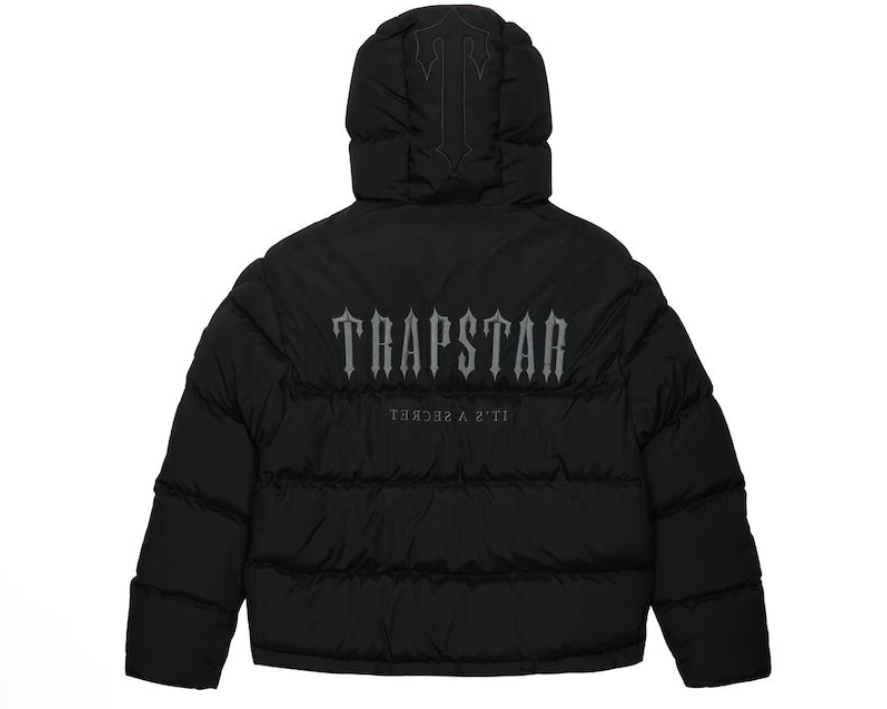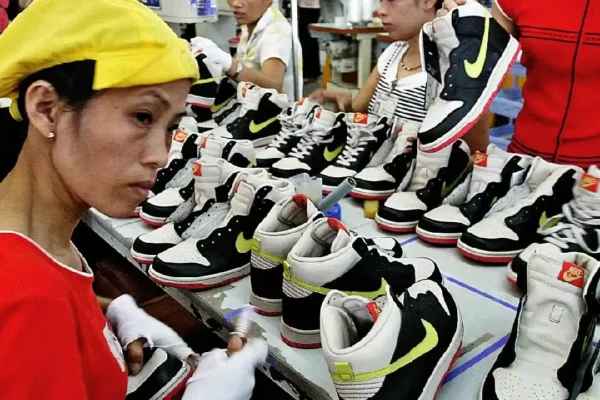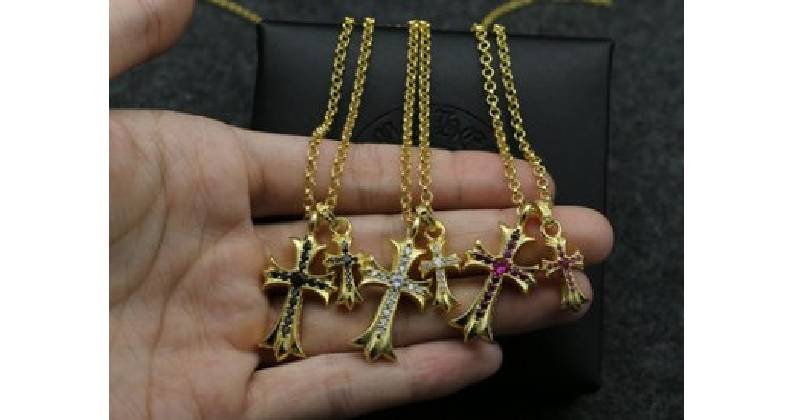Unleash your inner street style with the iconic Chaqueta Trapstar If you’re a fashion enthusiast or an avid follower of urban culture, you’ve probably heard of this renowned brand that has taken the world by storm. With its edgy designs and global recognition, the Chaqueta Trapstar has become a must-have item for trendsetters everywhere.
In this blog post, we’ll delve into the intriguing history behind the brand, explore its celebrity endorsements and collaborations that have propelled it to new heights, unravel the truth about who actually owns Chaqueta Trapstar, examine some controversies surrounding the brand, and discuss its undeniable impact on streetwear culture. So grab your favorite hoodie and get ready to embark on a stylish journey through the world of Chaqueta Trapstar!
History of the Brand
Once upon a time, in the vibrant streets of London, Chaqueta Trapstar emerged as an underground sensation. Founded in 2005 by Mikey Trapstar and Lee Trapstar, this dynamic duo set out to create a brand that blended their love for music, street culture, and fashion.
With its roots deeply ingrained in the British grime scene, Chaqueta Trapstar quickly gained recognition for its bold designs and rebellious spirit. Drawing inspiration from urban life and contemporary art, the brand captured the essence of streetwear like no other.
What started as a small independent label soon caught the attention of celebrities and influencers who were captivated by Chaqueta Trapstar unique aesthetic. The brand’s popularity skyrocketed when Rihanna was spotted rocking one of their signature leather Chaqueta on multiple occasions.
Celebrity Endorsements and Collaborations
Chaqueta Trapstar has gained significant recognition in the fashion world, partly due to its strong presence in popular culture. The brand’s unique streetwear aesthetic has caught the attention of many celebrities who have proudly sported Chaqueta Trapstar.
From A-list musicians like Rihanna to influential athletes such as LeBron James, Chaqueta Trapstar have become a staple in celebrity wardrobes. These high-profile endorsements have helped propel the brand into the mainstream spotlight, exposing it to a wider audience.
In addition to celebrity endorsements, Trapstar has also collaborated with various artists and brands. They have partnered with Puma on multiple occasions, resulting in highly sought-after limited edition collections. This collaboration not only brought together two iconic brands but also showcased Trapstar’s ability to merge urban style with athletic wear.
Ownership of Chaqueta Trapstar
When it comes to the ownership of Chaqueta Trapstar, there seems to be some mystery surrounding the brand. Founded in 2005 by a group of friends from London, Trapstar quickly gained popularity for its edgy and urban designs. However, pinpointing exactly who owns the brand is not as straightforward.
Initially, Trapstar was a collective effort with no one person taking sole ownership. The founders shared a common passion for streetwear and music culture, which inspired their unique designs. As the brand grew in prominence, they collaborated with various artists and celebrities who became fans of their distinctive style.
While there have been rumors about certain individuals being the true owners of Trapstar, none have been confirmed by the brand itself. This air of mystery adds to its allure and keeps fans guessing.
Controversies Surrounding the Brand
The rise of Chaqueta Trapstar in the streetwear scene has not been without its fair share of controversies. While the brand has gained popularity for its edgy designs and association with hip-hop culture, it hasn’t been immune to criticism.
One controversy that surrounded Chaqueta Trapstar was their use of controversial imagery and slogans. Some critics argue that they glorify violence and criminal behavior, while others believe it’s simply a reflection of urban culture. This debate has sparked heated discussions about where to draw the line between artistic expression and promoting negative stereotypes.
Another issue that emerged was accusations of cultural appropriation. Chaqueta Trapstar draws inspiration from various subcultures, including black urban culture, which led some to question whether they were profiting off someone else’s heritage without proper recognition or representation.
Impact on Streetwear Culture
Chaqueta Trapstar has had a significant impact on streetwear culture since its inception. The brand’s unique and edgy designs have become synonymous with urban fashion, attracting a loyal following of trendsetters and influencers.
One of the key ways Chaqueta Trapstar has influenced streetwear culture is through its collaborations with celebrities and high-profile brands. These partnerships have not only increased the brand’s visibility but also brought it into the mainstream spotlight. From limited-edition releases to iconic designs, each collaboration has pushed the boundaries of what streetwear can be.
Moreover, Chaqueta Trapstar rise in popularity has paved the way for other emerging designers to enter the streetwear scene. The brand’s success has inspired countless individuals to pursue their own creative visions within this niche industry.
Beyond just clothing, Chaqueta Trapstar represents a lifestyle and attitude that resonates with many young people today. Its rebellious spirit and urban aesthetic speak to a generation seeking self-expression through fashion.
Conclusion
In this blog post, we have delved into the fascinating world of Chaqueta Trapstar. We explored its history as a brand and how it has become a staple in streetwear culture. From its humble beginnings in London to gaining international recognition, Trapstar Chaqueta has certainly made a name for itself.
We also discussed the influence of celebrity endorsements and collaborations on the popularity of Chaqueta Trapstar. By aligning themselves with influential figures in music, sports, and fashion, the brand was able to reach new heights and gain widespread attention.



